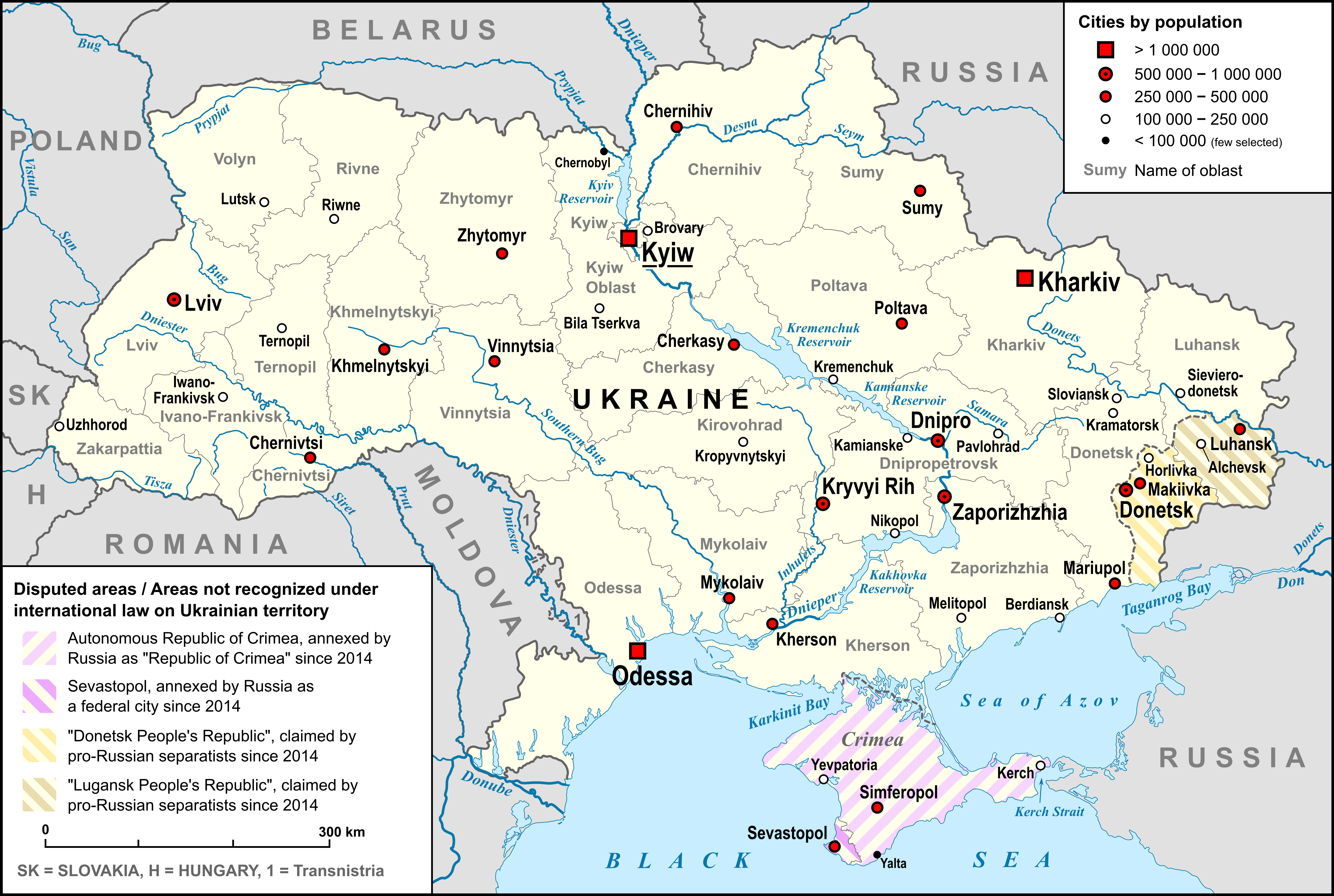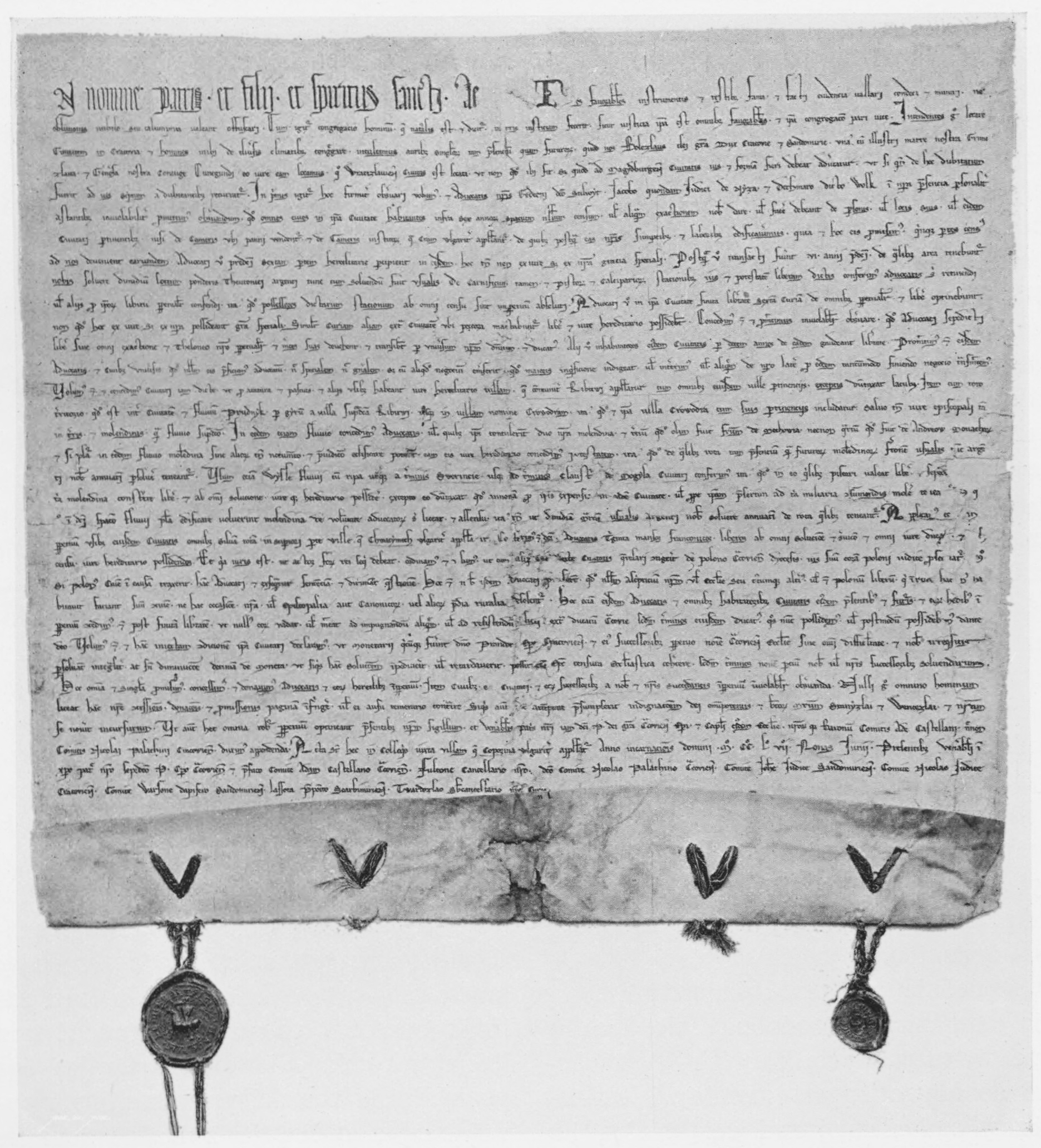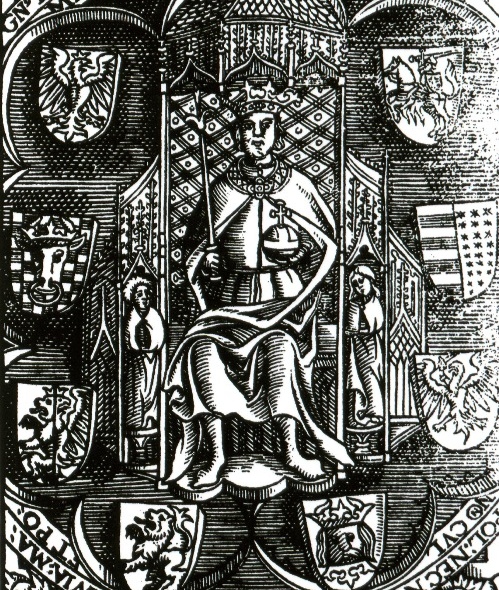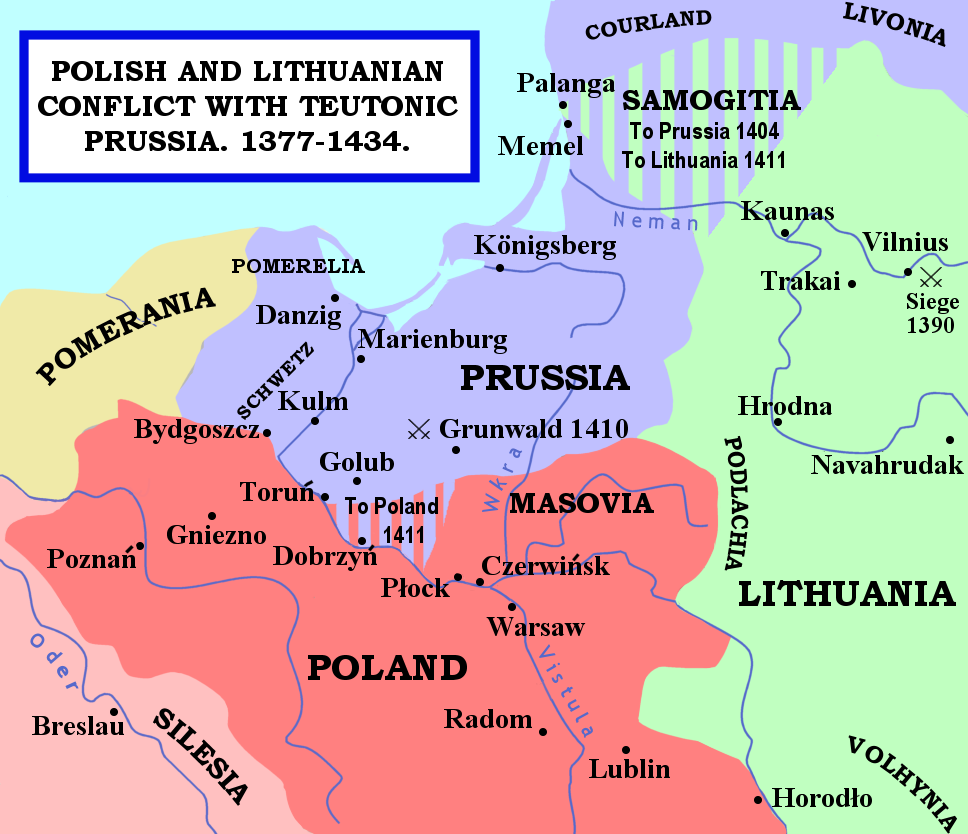|
Terebovlya
Terebovlia (, ; ; ) is a small city in Ternopil Raion, Ternopil Oblast, western Ukraine. Terebovlia hosts the administration of Terebovlia urban hromada, one of the hromadas of Ukraine. Population: 13,661 (2001). History Terebovlia is one of the oldest cities in West Ukraine. It was first mentioned in the chronicles of 1097 (Primary Chronicle). During the Red Ruthenia times it used to be the center of Terebovlia principality. It was called Terebovl. Terebovlia principality included lands of the whole southeast of Galicia, Podolia, and Bukovina. Polish King Casimir III the Great became the suzerain of Halych after the death of his cousin, Boleslaw-Yuri II of Galicia, when the city became part of the Polish domain. It was fully incorporated into Poland in 1430 during the reign of king Władysław II Jagiełło, while his son Casimir IV Jagiellon granted the town limited Magdeburg Rights. After the rebuilding of the castle in Terebovlia in 1366, Poland (Podole Voivodeship) adm ... [...More Info...] [...Related Items...] OR: [Wikipedia] [Google] [Baidu] |
Terebovlia Castle
The Terebovlia Castle () is a ruined 17th-century castle in the town of Terebovlia in western Ukraine. The ruins are located on the edge of :uk:Гнізна, Gniezny canyon, near its mouth to Seret River. The fortification, the remains of which can still be seen, was built in the 1630s under the leadership of the Terebovlian starosta Aleksander Bałaban. History There have been at least three fortresses on the castle hill in Terebovlia. The first historical castle in the town, mentioned in the Old East Slavic, Old Russian writing Primary Chronicle, was a castle erected in 9th/10th century. The city achieved its greatest power during the reign of Prince Vasylko Rostyslavych, the great-grandson of the Grand Duke of Kiev Yaroslav the Wise.Frost V. Castles of Ternopil. - Ternopil Textbooks and manuals, 2009 - 176 pp. Prince Vasylko Rostyslavych's fortress was a wooden, enclosed palisade, and only the castle church within it was built of stone. The fortress had several defensive li ... [...More Info...] [...Related Items...] OR: [Wikipedia] [Google] [Baidu] |
List Of Cities In Ukraine
There are 463 populated places in Ukraine, populated places in Ukraine that have been officially granted city status () by the Verkhovna Rada, the country's parliament, as of 23 April 2025. Settlements with more than 10,000 people are eligible for city status although the status is typically also granted to settlements of historical or regional importance. Smaller settlements are Populated places in Ukraine#Rural settlements, rural settlements () and villages (). Historically, there were systems of city rights, granted by the territorial lords, which defined the status of a place as a ''misto'' or ''selo''. In the past, cities were self-governing and had several privileges. The list of cities is roughly ordered by population and the 2022 estimates are compared to the 2001 Ukrainian census, except for Chernobyl for which the population is an unofficial estimate. The City with special status, cities with special status are shown in ''italic''. The average population size is 62,000. ... [...More Info...] [...Related Items...] OR: [Wikipedia] [Google] [Baidu] |
Moldavia
Moldavia (, or ; in Romanian Cyrillic alphabet, Romanian Cyrillic: or ) is a historical region and former principality in Eastern Europe, corresponding to the territory between the Eastern Carpathians and the Dniester River. An initially independent and later autonomous state, it existed from the 14th century to 1859, when it united with Wallachia () as the basis of the modern Romanian state; at various times, Moldavia included the regions of Bessarabia (with the Budjak), all of Bukovina and Hertsa region , Hertsa. The region of Pokuttya was also part of it for a period of time. The Moldavia (region of Romania) , western half of Moldavia is now part of Romania, the eastern side belongs to the Moldova , Republic of Moldova, and the Chernivtsi Oblast , northern and Budjak , southeastern parts are territories of Ukraine. Name and etymology The original and short-lived reference to the region was ''Bogdania'', after Bogdan I, the founding figure of the principality. The name ... [...More Info...] [...Related Items...] OR: [Wikipedia] [Google] [Baidu] |
Polish–Lithuanian Commonwealth
The Polish–Lithuanian Commonwealth, also referred to as Poland–Lithuania or the First Polish Republic (), was a federation, federative real union between the Crown of the Kingdom of Poland, Kingdom of Poland and the Grand Duchy of Lithuania, existing from 1569 to 1795. This state was among the largest, most populated countries of 16th- to 18th-century Europe. At its peak in the early 17th century, the Commonwealth spanned approximately and supported a multi-ethnic population of around 12 million as of 1618. The official languages of the Commonwealth were Polish language, Polish and Latin Language, Latin, with Catholic Church, Catholicism as the state religion. The Union of Lublin established the Commonwealth as a single entity on 1 July 1569. The two nations had previously been in a personal union since the Union of Krewo, Krewo Agreement of 1385 (Polish–Lithuanian union) and the subsequent marriage of Queen Jadwiga of Poland to Grand Duke Jogaila of Lithuania, who was cr ... [...More Info...] [...Related Items...] OR: [Wikipedia] [Google] [Baidu] |
Kingdom Of Poland (1385–1569)
The Crown of the Kingdom of Poland (; ) was a political and legal concept formed in the 14th century in the Kingdom of Poland, assuming unity, indivisibility and continuity of the state. Under this idea, the state was no longer seen as the Patrimonialism, patrimonial property of the monarch or dynasty, but became a common good of the political community of the kingdom. This notion allowed the state to maintain stability even during periods of interregnum and paved the way for a unique political system in Poland, characterized by a noble-based parliament and the Free election (Poland), free election of the monarch. Additionally, the concept of the Crown extended beyond existing borders, asserting that previously lost territories still rightfully belonged to it. The term ''Crown of the Kingdom of Poland'' also referred to all the lands under the rule of the Polish king. This meaning became especially significant after the Union of Lublin, union with the Grand Duchy of Lithuania, w ... [...More Info...] [...Related Items...] OR: [Wikipedia] [Google] [Baidu] |
Podole Voivodeship
The Podolian Voivodeship or Palatinate of Podolia was a unit of administrative division and local government in the Kingdom of Poland, from 1434 until 1793, except for the period of Ottoman occupation (1672–1699), when the region was organized as Podolia Eyalet. Together with the Bracław Voivodeship it formed the region of Podolia, which in the Kingdom of Poland was part of Lesser Poland Province. Its capital was in Kamieniec Podolski, where local sejmiks took place and where the seat of the starosta was as well. The voivodeship was created 1434, out of former Duchy of Podolia, which had become part of the Kingdom of Poland in the second half of the 14th century. After the Second Partition of Poland, it was seized by the Russian Empire, which in 1793 created the Podolia Governorate. Today the region belongs to Ukraine. Zygmunt Gloger in his monumental book ''Historical Geography of the Lands of Old Poland'' gives a detailed description of Podole Voivodeship: In ancient t ... [...More Info...] [...Related Items...] OR: [Wikipedia] [Google] [Baidu] |
Magdeburg Rights
Magdeburg rights (, , ; also called Magdeburg Law) were a set of town privileges first developed by Otto I, Holy Roman Emperor (936–973) and based on the Flemish Law, which regulated the degree of internal autonomy within cities and villages granted by the local ruler. Named after the city of Magdeburg, these town charters were perhaps the most important set of Middle Ages, medieval laws in Central Europe. They became the basis for the German town laws developed during many centuries in the Holy Roman Empire. The Magdeburg rights were adopted and adapted by numerous monarchs, including the rulers of Crown of Bohemia, Bohemia, Kingdom of Hungary, Hungary, Crown of Poland, Poland, and Grand Duchy of Lithuania, Lithuania, a milestone in the urbanization of the region which prompted the development of thousands of villages and cities. Provisions Being a member of the Hanseatic League, Magdeburg was one of the most important trade cities, maintaining commerce with the Low Countries ... [...More Info...] [...Related Items...] OR: [Wikipedia] [Google] [Baidu] |
Casimir IV Jagiellon
Casimir IV (Casimir Andrew Jagiellon; ; Lithuanian: ; 30 November 1427 – 7 June 1492) was Grand Duke of Lithuania from 1440 and King of Poland from 1447 until his death in 1492. He was one of the most active Polish-Lithuanian rulers; under him, Poland defeated the Teutonic Knights in the Thirteen Years' War and recovered Pomerania. The Jagiellonian dynasty became one of the leading royal houses in Europe. The great triumph of his reign was bringing Prussia under Polish rule. The rule of Casimir corresponded to the age of "new monarchies" in western Europe. By the 15th century, Poland had narrowed the distance separating it from Western Europe and became a significant power in international relations. The demand for raw materials and semi-finished goods stimulated trade, producing a positive balance, and contributed to the growth of crafts and mining in the entire country. He was a recipient of the English Order of the Garter (KG), the highest order of chivalry and the most ... [...More Info...] [...Related Items...] OR: [Wikipedia] [Google] [Baidu] |
Władysław II Jagiełło
Jogaila (; 1 June 1434), later Władysław II Jagiełło (),Other names include (; ) (see also Names and titles of Władysław II Jagiełło) was Grand Duke of Lithuania beginning in 1377 and starting in 1386, becoming King of Poland as well. As Grand Duke, he ruled Lithuania from 1377 to 1381 and from 1382 to 1401, at which time he became the Supreme Duke of Lithuania in exchange for naming his cousin Vytautas as the new Grand Duke. Władysław II initially served as King of Poland alongside his wife Jadwiga of Poland, Jadwiga until her death in 1399, and then the sole ruler until his own death in 1434. Raised a Lithuanian polytheist, he converted to Catholicism in 1386 and baptized as Ladislaus () in Kraków, married the young Queen Jadwiga, and was crowned King of Poland as Władysław II Jagiełło. In 1387, he Christianization of Lithuania, converted Lithuania to Catholicism. His reign in Poland started in 1399, upon the death of Queen Jadwiga, lasted a further thirty-fiv ... [...More Info...] [...Related Items...] OR: [Wikipedia] [Google] [Baidu] |
Boleslaw-Yuri II Of Galicia
Yuri II Boleslav (; ; c. 1305/1310 – April 7, 1340), was King of Ruthenia and ''Dominus'' of the Galicia–Volhynian lands (1325–1340). A foreigner and a Catholic by birth, he was the son of Trojden I, Duke of Masovia and a member of the Polish Piast dynasty. Highly unpopular in Orthodox Ruthenia, his murder prompted a war of succession, known as the Galicia–Volhynia Wars. Biography Bolesław was born between 1305 and 1310 to Trojden I of Masovia and Maria, daughter of Yuri I of Galicia. Since his father was still a ruler of the family's Masovian lands, in 1323 Bolesław succeeded Leo II of Galicia and became the ruler over Ruthenia as Yuri II. He also received the Duchy of Belz after the childless death of Andrew of Galicia. In 1331, he married the daughter of Grand Duke of Lithuania Gediminas and sister of Aldona of Lithuania, wife of Casimir III of Poland. The name of Bolesław's wife is disputed; Teodor Narbutt claimed her pagan name was Eufemia and her Christian na ... [...More Info...] [...Related Items...] OR: [Wikipedia] [Google] [Baidu] |
Suzerain
A suzerain (, from Old French "above" + "supreme, chief") is a person, state (polity)">state or polity who has supremacy and dominant influence over the foreign policy and economic relations of another subordinate party or polity, but allows internal autonomy to that subordinate. Where the subordinate polity is called a vassal, vassal state or tributary state, the dominant party is called the suzerain. The rights and obligations of a vassal are called ''vassalage'', and the rights and obligations of a suzerain are called suzerainty. Suzerainty differs from sovereignty in that the dominant power does not exercise centralized governance over the vassals, allowing tributary states to be technically self-ruling but enjoy only limited independence. Although the situation has existed in a number of historical empires, it is considered difficult to reconcile with 20th- or 21st-century concepts of international law, in which sovereignty is a binary concept, which either exists or does ... [...More Info...] [...Related Items...] OR: [Wikipedia] [Google] [Baidu] |
Casimir III The Great
Casimir III the Great (; 30 April 1310 – 5 November 1370) reigned as the King of Poland from 1333 to 1370. He also later became King of Ruthenia in 1340, retaining the title throughout the Galicia–Volhynia Wars. He was the last Polish king from the Piast dynasty. Casimir inherited a kingdom weakened by war and under his rule it became relatively prosperous and wealthy. He reformed the Polish army and doubled the size of the kingdom. He reformed the judicial system and introduced several undying codified statutes, gaining the title "the Polish Justinian I, Justinian". Casimir built extensively and founded the Jagiellonian University (back then simply called the University of Krakow),Saxton, 1851, p. 535 the oldest List of universities in Poland, Polish university and List of oldest universities in continuous operation, one of the oldest in the world. He also confirmed privileges and protections previously granted to Jews and encouraged them to settle in Poland in great numbers ... [...More Info...] [...Related Items...] OR: [Wikipedia] [Google] [Baidu] |





